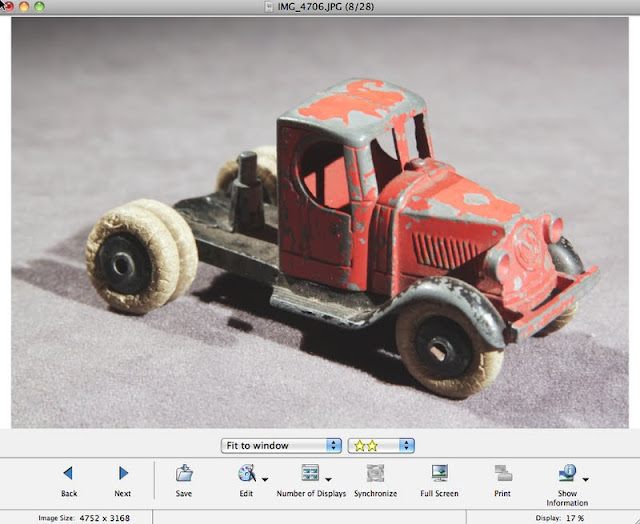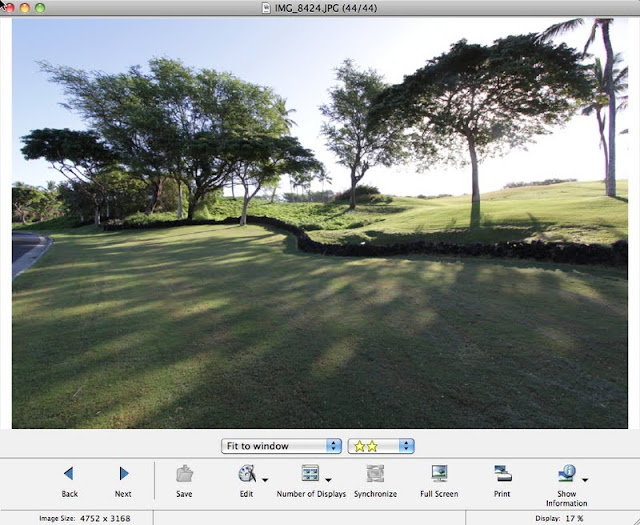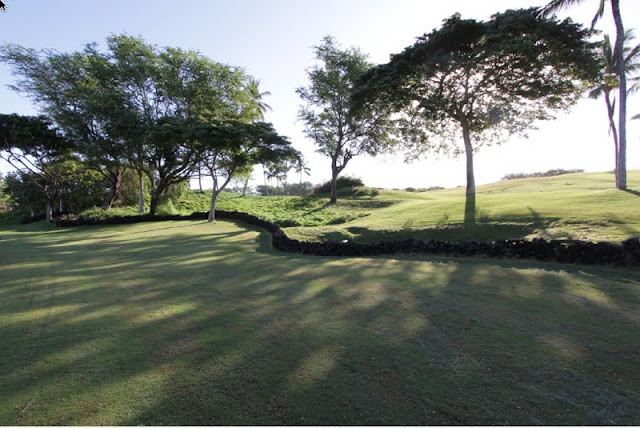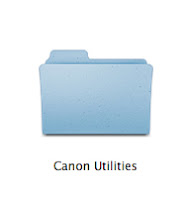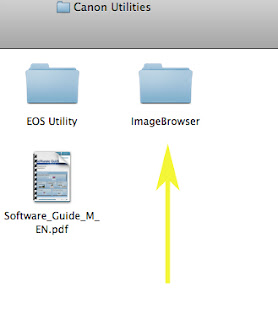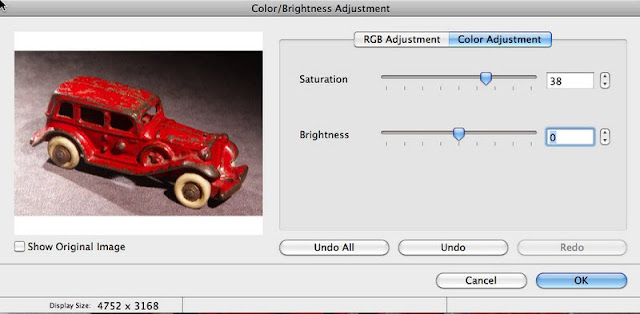August 31, 2011
The Same Image, but Cropped.
Most of the distortion was removed!
The Panoramic Photo
Stitching Software
(Part 1)
A panoramic image is one that captures a view wide area. Before the digital era, there were special film cameras that were capable of capturing a very wide area. Hasselblad made a special camera that was
70 mm x 24 mm and used 35mm film. It was able to expose film 2x the normal film format. When I went to camp 1 year in the mid 1960's, there was a special camera for photographing all of the camp kids. THe 4000 kids and staff were positioned in a wide area. The camera exposed the film "differently". It had a small vertical slit that exposed a part of the film, as the camera turned about 210 degrees. As the camera turned, the slit exposed a small part of the film. Simultaneously, the film also moved, to allow for different parts of the scene (Kids) to be exposed. The "fun" part was when 1 of the kids would start out on 1 side, then after he was exposed, would run behind the stands, and move to the left side, and have his picture captured again. He would also change a t-shirt or remove a hat, so there appeared to be twins - 1 at each end of the frame. The finished photo was about 6" tall x 30" wide.
In the digital era, you can create panoramic images by keeping the camera parallel to the scene, and exposing part of the scene with each frame. You need to position the camera exactly each time, and keep the f-stop the same, but change the shutter speed as needed.
Keeping the camera parallel to the scene avoids distortion, and makes "stitching" easier. Stitching is exactly what it means! You line up the batch or group of photographs, and then allow a software to "piece" the separate images together. A good idea is to have a bit "extra" in each photo, so that you can either crop (cut off) some extra) or allow the software to recognize a common portion of each image. Oh, and 1 more thing - you absolutely need a tripod!
For this instalment, I'm just going to present images that I have photographed using the technique. So let's have a look.
This is a panoramic on the island of Maui Hawaii.
It's a dormant volcano.
This is also a panoramic near the dormant volcano.
The Fairmont Hotel - Maui, Hawaii
The Fairmont Hotel - Maui, Hawaii
The photos above are of the Fairmont Hotel in Maui, Hawaii. I asked permission from several hotels to photograph their hotels for my portfolio. 2 of the 3 granted me permission. I subsequently sent them a DVD of images with a model release (permission for then to use my photos).
Dorval, Quebec
A Suburb of Montreal,Quebec,Canada
Montreal West
Montreal,Quebec,Canada
A photo of another Montreal Train Station using a wide-angle lens. Lots of distortion!
In this case, I stayed in 1 position and angled the camera.
I had to because, the side that I was on was also a covered area for passengers, and I was constrained with poles, buildings, and garbage cans.
The Same Image, but Cropped.
Most of the distortion was removed!
An Overpass View of Near Where I live
Almost the Same Content, but Taken at Night
This photo creates a stronger mood.
Cavendish Mall Shopping Centre
Montreal,Quebec,Canada
I photographed the mall above because 1/2 of the mall was destined to be demolished to make way for a housing development. Times had changed and the patronage of the mall was no longer what it once was. I photographed the mall very early in the morning to avoid traffic, as well as cars in the parking lot.
This mall stretches about 3 city blocks or about 1/2 kilometer (3/8 mile).
































